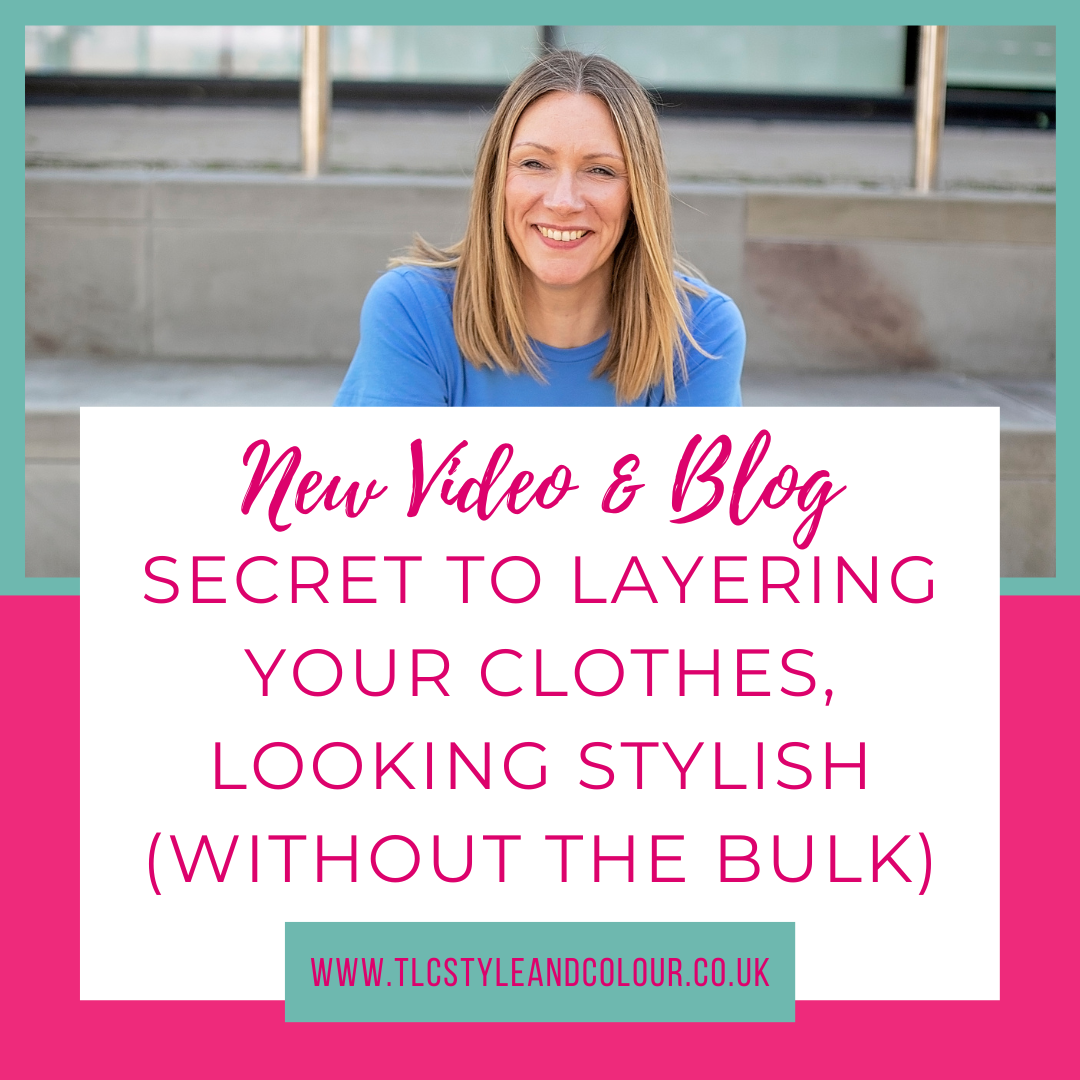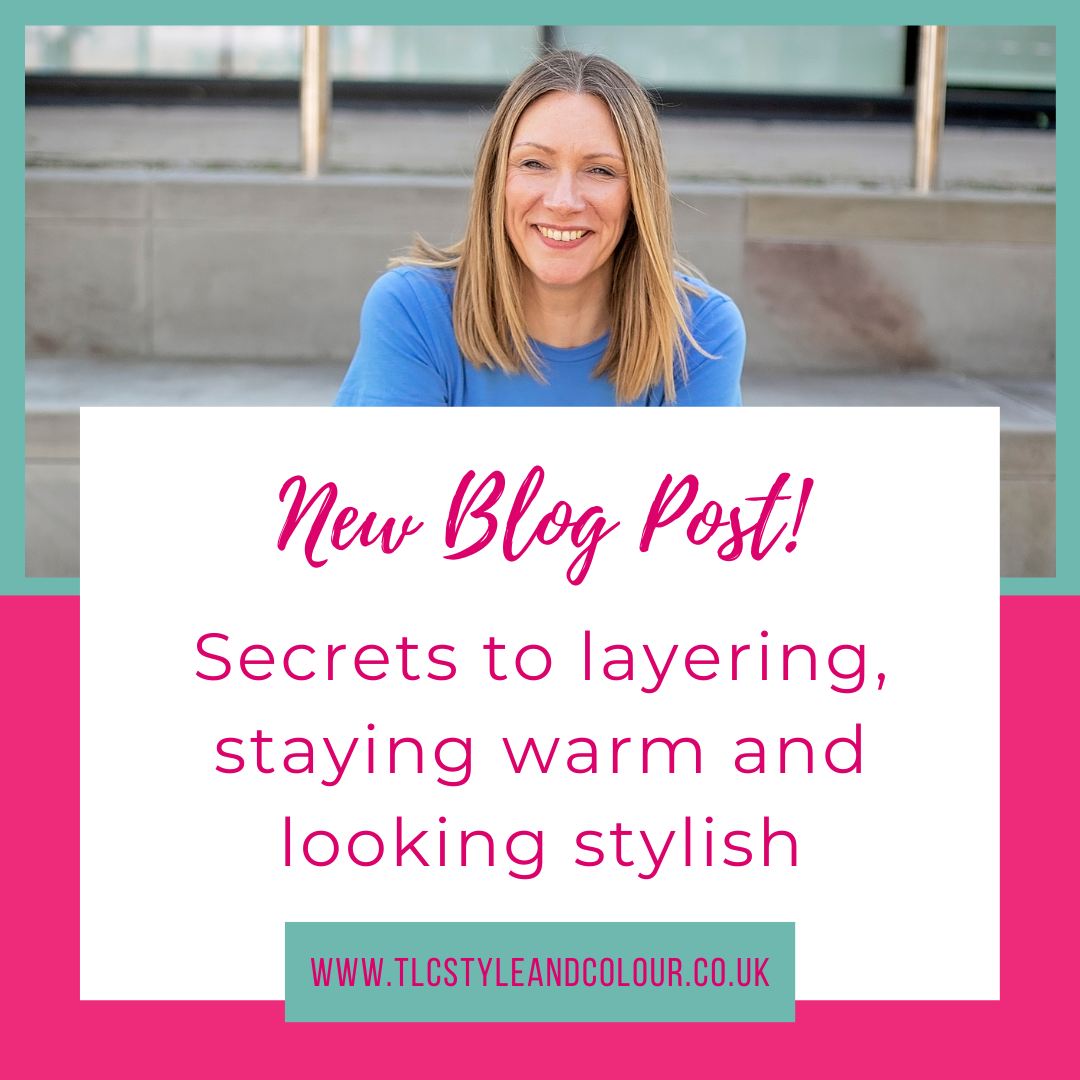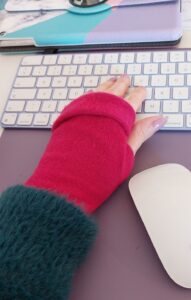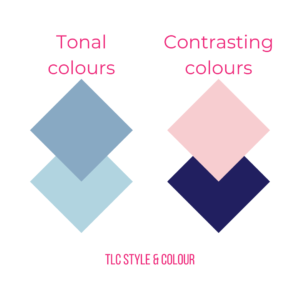The secret to help you stay warm in the colder months is to successfully layer your clothes. Wearing lots of fine, thin layers, rather than one thick item of clothing is a smarter way to keep warm, whilst still looking stylish.
The cold weather doesn’t have to mean boring, frumpy or functional. Nothing wrong with that by the way – I love my giant puffer, duvet style winter coat! But, practicality speaking, I can’t really sit in it all day. Learn to master the basics instead.
I’ve recorded a 3 minute video which you can watch on my YouTube channel here. Below, I’ll explain the details and how to layer successfully.
Layer one – the base layer
For most of us, everyday life is being at home, work or being outdoors. It’s not trekking across Antartica. So adding lots of thin, fine layers is as simple as it gets. You don’t have to spend a fortune on fancy, expensive gear – unless you think you’ll get the use out of it of course.
This base layer is the first layer of protection which sits closest to your skin, so it’s better to be thin and fine as it’s the foundation to which you’ll build your further layers.
Think vests, t shirts and long sleeved t shirts. What I tend to do is actually have a long sleeved t shirt underneath a jumper. If I’m feeling particularly chilly, I might have a vest underneath it or a t shirt underneath. Because they’re thin, I can layer them and not add too much bulk to my frame. I use my summer items (vests, t-shirts) underneath my winter woollies so I get more use of out my basic, core items. Many of these I’ve had for years too!
Merino wool is probably one of the best (if you can’t afford cashmere!) due to its insulating and breathable qualities. It helps regulate body temperature, wicks away moisture, and if you sweat, you won’t be left feeling wet, stinky or clammy!
An unlikely consideration is silk which is one of the softest fabrics you’ll ever wear which is great all season round. It’s lightweight, hypoallergenic, and a natural insulator – a silk vest will be great.
You’ll read a lot in terms of outdoor wear that actually cotton is one of the worst. But actually, if you’ve got a cotton and polyester blend, which I think a lot of my long sleeve tops are, you’ll be absolutely fine for sitting in the house and popping to the shops. These blends are very popular and cost-effective options.
Layer two – the mid layer
Adding this extra layer of insulation acts as a barrier to the cold whilst retaining your body heat. It’s the middle layer between your base layer and your outer-wear.
Depending how many layers you’re going to have as a base layer, just think this layer is about what’s being worn on top of your base layer. Most likely; a jumper, sweatshirt, hoodies, cardigan or fleece, but could also be a shirt and then a jumper.
Consider the thickness of the fabric in the garments here. The thicker the fabric, the finer and thinner your layers underneath are better off being. If you had a fine knit jumper here, it will mean you can add another layer over the top if you need it.
Layer three – the outer layer
Your outer layer is about protecting you from the elements outside. You’ll know from coats you’ve owned in the past how effective they are against the wind, snow, rain, or ice! To help you stay dry, your coat will need to be be both waterproof and breathable. Water resistant options are cheaper but be aware that they will not protect you from torrential rain or being out in the rain a long time. Make sure you’ve got enough layers to protect you should the rain soak through.
Accessories
Whilst these layers play a vital role in keeping your body warm, pay close attention to your head, face, hands, and feet too.
Hats, mittens, gloves, scarves, socks and waterproof footwear are all worthy considerations! Merino and cashmere accessories are much cheaper to buy and will work wonders at helping to keep you warm. I’ve raved previously about my cashmere fingerless gloves and would highly recommend.
Keeping your feet warm is a vital part of retaining body heat and staying comfortable in colder temperatures. So consider cashmere socks or foot insoles to keep your feet warm and toasty with waterproof footwear for outside.
Your style
For ease of demonstration, I’ve talked about tops but you can also have base layer bottoms too.
Aside from the practicality of staying warm, layering your clothes is also a clever way to add interest or colour to your outfit. It’s something I’ve covered previously in this blog but if you’re struggling with any aspect, do get in touch: toni.carver@tlcstyleandcolour.co.uk




 There are lots of ways to wear colour (which you learn during a
There are lots of ways to wear colour (which you learn during a